Please refer to this jsfiddle.
It includes text, both inside a highcharts chart and outside, where the text includes a "sun" character as shown in this page. I've also included variants both with and without variation selectors (see also here) to see what difference they make.
Outside highcharts:
<p>Embedded: ☼ ☼︎ ☼️</p>
symbols.innerHTML = '<p>Added: \u263C \u263C\uFE0E \u263C\uFE0F</p>';
Inside highcharts:
title: {
text: 'In highcharts: \u263C \u263C\uFE0E \u263C\uFE0F'
},
Now, it seems to depend on which browser you view this jsfiddle as to whether you get a coloured emoji version of the sun symbol, or a plain-text black version... or even both versions!
For example, in Chrome on a Windows desktop you get the plain version all round:
... while in Chrome on Android 7 you get part-plain and part-emoji:
I really don't like that the style of the emoji versions is completely out of my control, particularly when the style clashes horribly with the rest of the page (e.g. the sun symbol is bright orange and the equivalent moon symbol is bright blue).
So I'd like to force the page to use the plain version on all browsers in all contexts... any idea how?
It would seem completely crazy to have to resort to using images, because I want the symbols to have the same appearance as the surrounding text, including text colour (which the user can change at will). And isn't UTF-8 meant to be a character encoding rather than an emoji encoding? I have nothing against cute emojis per se, but only in the right context.




